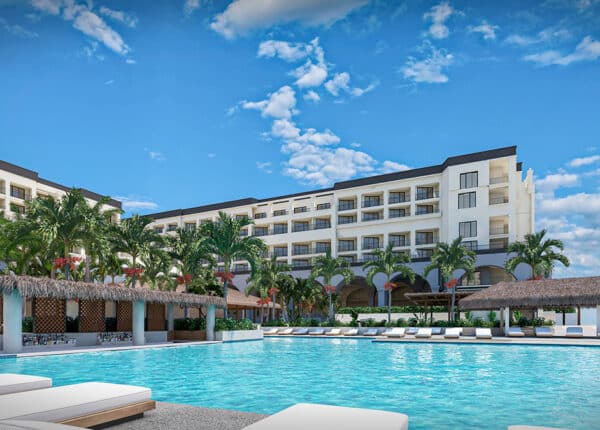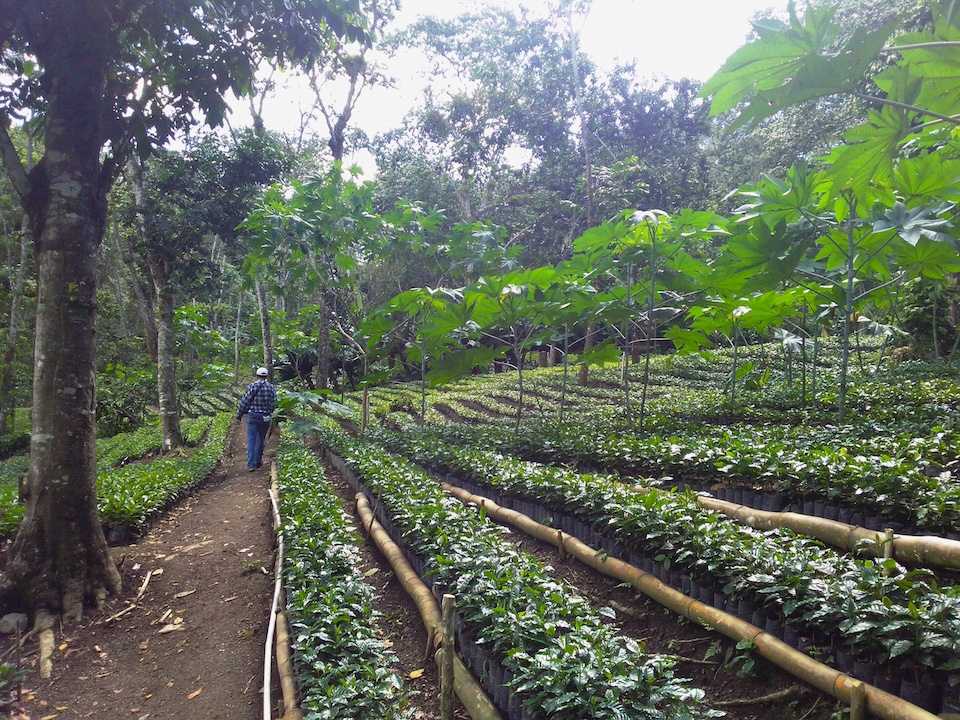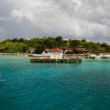How a New Coffee Crop Is Helping a Dominican Community Thrive
By Erick F. Conde
CJ Contributor
Rust is not an issue you would usually associate with your coffee. However, for farmers here in the Dominican Republic along with many other countries throughout the Caribbean and Latin America, coffee rust or “roya del cafeto” is threatening much more than our morning cups of joe.
Coffee rust, which gets its name from the dark spots that appear on the leaves of the coffee fruit and resemble rust, was documented as early as the mid-1800s. It is found all over the world, but in recent years, it has plagued coffee harvests in the Dominican Republic. The consequence has been decreased coffee yields with the Dominican Republic’s annual harvest down to 30% of usual production.
In an attempt to address the disease, many farmers have switched to slash-and-burn farming processes to try to eradicate the rust, but these practices are much more taxing on the environment and result in soil erosion, which in turn affects water quality for local communities when soil runoff enters watersheds. Even with expensive, more responsible practices and improved management of the harvest process, “roya del cafeto” is so pervasive and aggressive they’re usually not enough to overcome the disease.
Brewing a solution that works
Coffee rust is nothing short of a disaster for coffee farmers. In the Dominican Republic, it’s estimated that 45,000 families are dependent on the coffee and cacao industries. The coffee rust epidemic documented in recent years is speculated to be the most extensive the country has ever seen. The average infection rate of coffee plants in 2013 was 21% and as high as 47% in some areas. Across the Caribbean and Latin America, United States Agency for International Development estimates coffee rust caused over $1 billion in economic damages in 2012 alone.
My organization, The Nature Conservancy, is working with partners to develop financial tools that gather investments from water users to conserve and restore upstream forests that protect the water supplies, as well as native plants and wildlife. These tools are called water funds, and with the support of Bepensa Dominicana and The Coca-Cola Company, the Conservancy has worked with farmers who live along the Río Mahomita, an area with the highest rate of poverty in the San Cristóbal province, to plant shade-grown coffee varieties that are resistant to coffee rust. The introduction of shade-grown coffee in the region has had added benefits of improved coffee production, conservation and reforestation of native forests, and the creation of over 75 new jobs, which has helped to bolster the local economy. Water funds have led to the conservation and reforestation of 360 hectares of native forests nationwide, and we hope this trend will continue as farmers reap the rewards of future healthy coffee harvests while also protecting their forests.
Odalis Gerónimo, a local coffee farmer I’ve worked with in the Mahomita region who has seen the benefits of adopting a shade-grown variety and implementing sustainable practices firsthand, reflects, “We have been waiting for help for a long time…This will improve our lives for many years.” Through water funds, we hope to help other communities throughout the Dominican Republic combat the coffee rust epidemic, growing a more robust crop and a sustainable future.
Erick F. Conde is a Water Funds Specialist at The Nature Conservancy.







